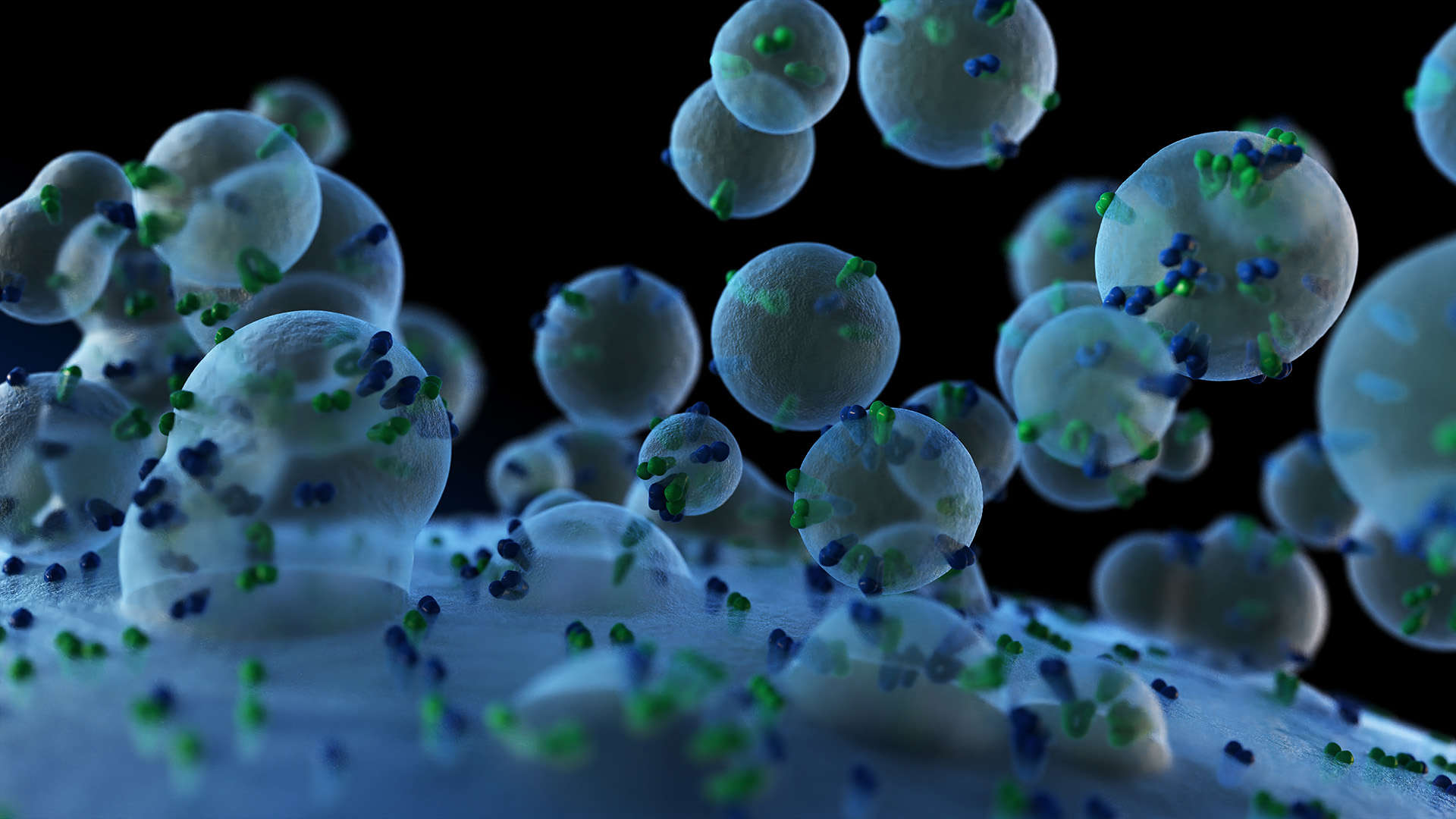Parallel Reaction Monitoring Protein Quantitation Service
Online InquiryCreative Proteomics provides protein identification and quantification services based on a mass spectrometry platform with parallel reaction monitoring modes.
Parallel Reaction Monitoring (PRM) is an ion monitoring technology based on high-resolution and high-precision mass spectrometry to complete the absolute quantification of target protein or peptide. First, the selection capability of a quadrupole mass analyzer is used, and the precursor ion of the target peptide is selected by Q1. Subsequently, the precursor ion is fragmented in a collision cell. Finally, the Orbitrap analyzer is used to detect all fragment information in the selected precursor ion window in the secondary mass spectrum. Due to this parallel monitoring, there is no need to select the target peptide transition in advance, which can accurately and specifically achieve the biological analysis of target protein or complex protein in complex samples.
The Workflow of Parallel Reaction Monitoring Protein Quantitation Service
The process for parallel reaction monitoring protein quantitation technology includes protein extraction, proteolytic cleavage, PRM analysis of target peptide, stable isotope internal standard, and bioinformatics analysis.

Technology Platform
Q Exactive or Fusion mass spectrometer.
Advantages of Parallel Reaction Monitoring Protein Quantitation Service:
- The detection accuracy of PRM is extremely high, and it can be guaranteed not to be affected by the background, and can efficiently obtain high-quality detection results under complex backgrounds.
- PRM protein quantitation service can accomplish the full scan of product ions, no need to select ion pairs and optimize fragmentation energy and easier to establish methodology.
- PRM technology has the ability to perform quantitative analysis on complex samples, as well as qualitative capabilities.
- This technology does not require the use of antibodies to achieve the quantitative detection of 50 proteins at the same time within one hour of detection.
- This technology has a wider linear range: increased to 5-6 orders of magnitude.
- Compared with the traditional SRM/MRM technology, the PRM technology can detect all target ions from the target ion pair fragment detection conversion, so it can reduce workload and have higher resolution.
- This technology is suitable for all species.
Sample Requirements
- Protein solution sample: >50ug.
- The number of cell samples must reach 106.
- Tissue sample: animal tissue>1mg, plant tissue>10mg.
- Body fluid sample: serum>5ul, cerebrospinal fluid>10ul.
Application of Parallel Reaction Monitoring Protein Quantitative Technology
- Verify quantitative proteomics results and verify post-translational modified proteomics results.
- Target protein relative quantitative analysis, target protein absolute quantitative analysis.
- Targeted screening of diagnostic markers.
- Diagnostic marker verification and absolute quantification.
- Validate gene expression products.
- Quantitative analysis of specific pathway proteins.
Delivery
Target protein candidate peptide secondary mass spectrum matching map, skyline analysis results of target peptide PRM data, skyline analysis of target peptide PRM results, quantitative results and statistical analysis of target peptides and proteins.
Want to Know about Other Subcellular Proteomics Quantitative Analysis Techniques?
- SILAC Quantitation Service
- ICAT Quantitation Service
- TMT Quantitation Service
- iTRAQ Quantification Service
- SRM/MRM Quantitation Service
- PRM Quantitation Service
References
- Ozer A, Tome JM, Friedman RC, Gheba D, et al. Quantitative assessment of RNA-protein interactions with high-throughput sequencing-RNA affinity profiling. Nat Protoc, 2015,10(8):1212-33.
- Connelly KE, Hedrick V, Paschoal Sobreira TJ, et al. Analysis of Human Nuclear Protein Complexes by Quantitative Mass Spectrometry Profiling. Proteomics, 2018,18(11): 1700427.
* For Research Use Only. Not for use in diagnostic procedures.



